Sir J. Fraser Stoddart, winner of 2007 Foresight Feynman Prize for Experiment, shares the 2016 Chemistry Nobel for the design and synthesis of molecular machines.
Nobel Prize in Chemistry recognizes molecular machines
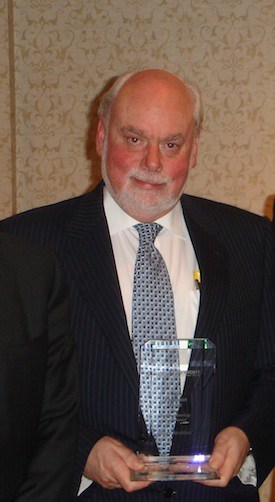

Sir J. Fraser Stoddart, winner of 2007 Foresight Feynman Prize for Experiment, shares the 2016 Chemistry Nobel for the design and synthesis of molecular machines.
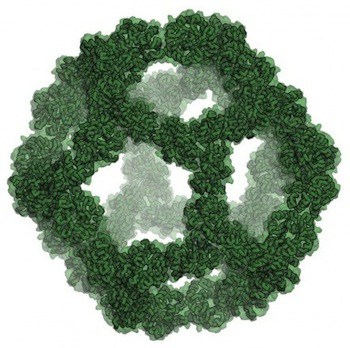
A trimeric protein was designed to self assemble into a 60 unit icosahedron with a roomy interior that might find use to ferry molecular cargo into cells or as a chemical reactor.
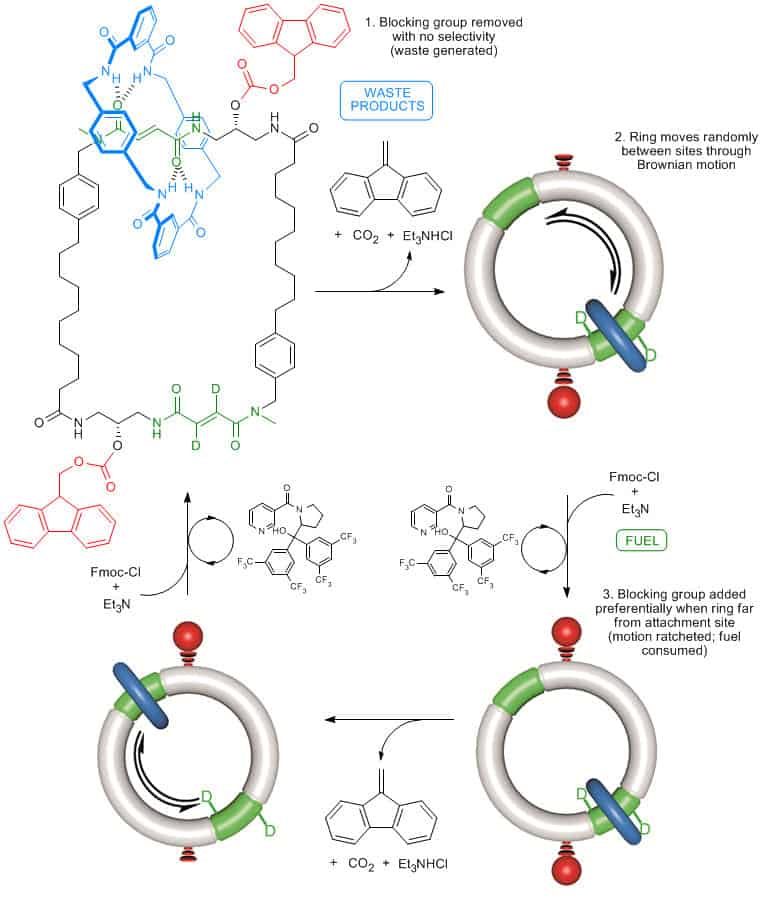
Removing the necessity of providing several different chemical fuels in a series of distinct steps, a novel chemically-fueled molecular motor autonomously produces movement as long as the fuel supply lasts.
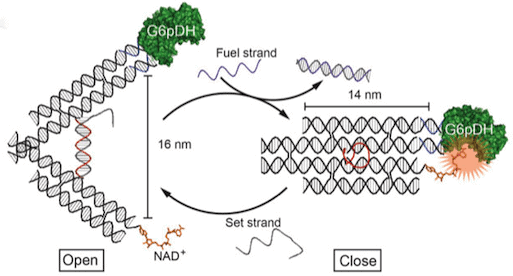
Recent research documents a structure-based rational design strategy combining molecular dynamics and single molecule imaging to improve the performance of a DNA tweezers that accurately positions an enzyme and its cofactor.
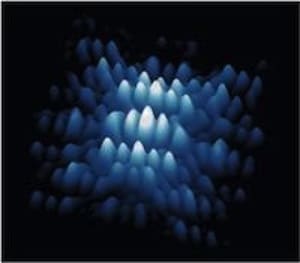
Precise matching of STM images and theoretical calculations provides exact lattice locations of dopant atoms, advancing the prospects for silicon-based quantum computers.
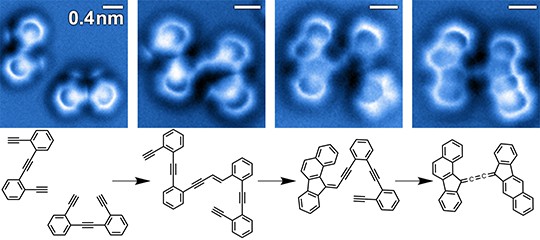
Combining computational nanotechnology with a noncontact-atomic force microscope probe tipped by a single CO molecule allowed researchers to visualize the dance of individual chemical bonds during a complex organic reaction on a silver surface.
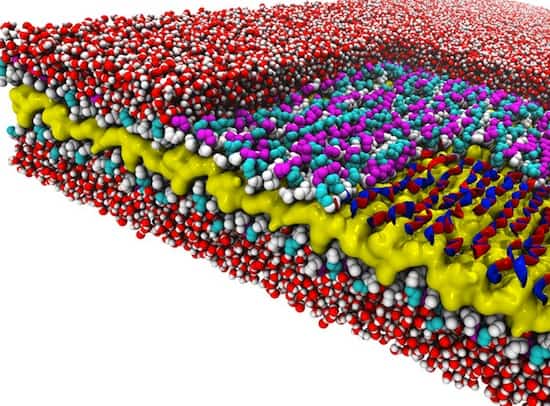
Chains of monomers joined by non-biological peptoid bonds follow different rules of self-assembly and form structures not found in chains joined by the peptide bonds used to form proteins.
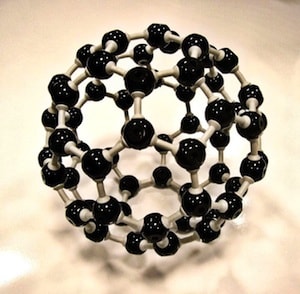
An engineered protein controls the assembly of C60 fullerene molecules into an atomically precise lattice that conducts electricity while neither component alone would.
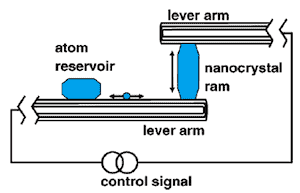
The claim that the recently reported actuating nanotransducers (ANTS) produce forces “orders of magnitude larger than any produced previously” is challenged by a nanocrystal carbon nanotube device reported 11 years ago.
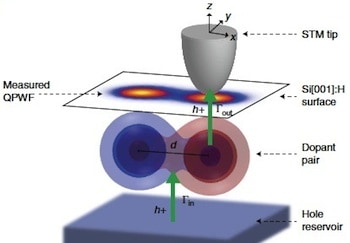
Atomic resolution measurement of quasi-particle tunneling maps of spin-resolved states reveals interference processes that allow simulation of processes important for developing quantum computers based on atomically precise doping of silicon.